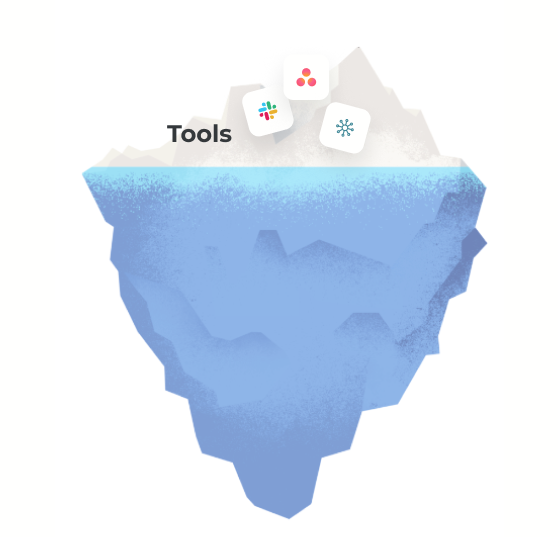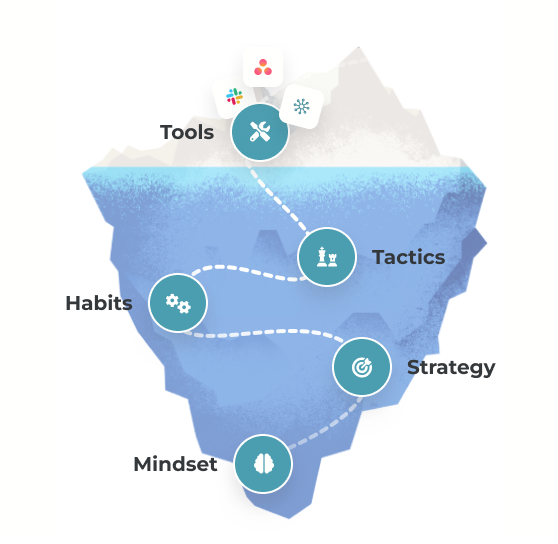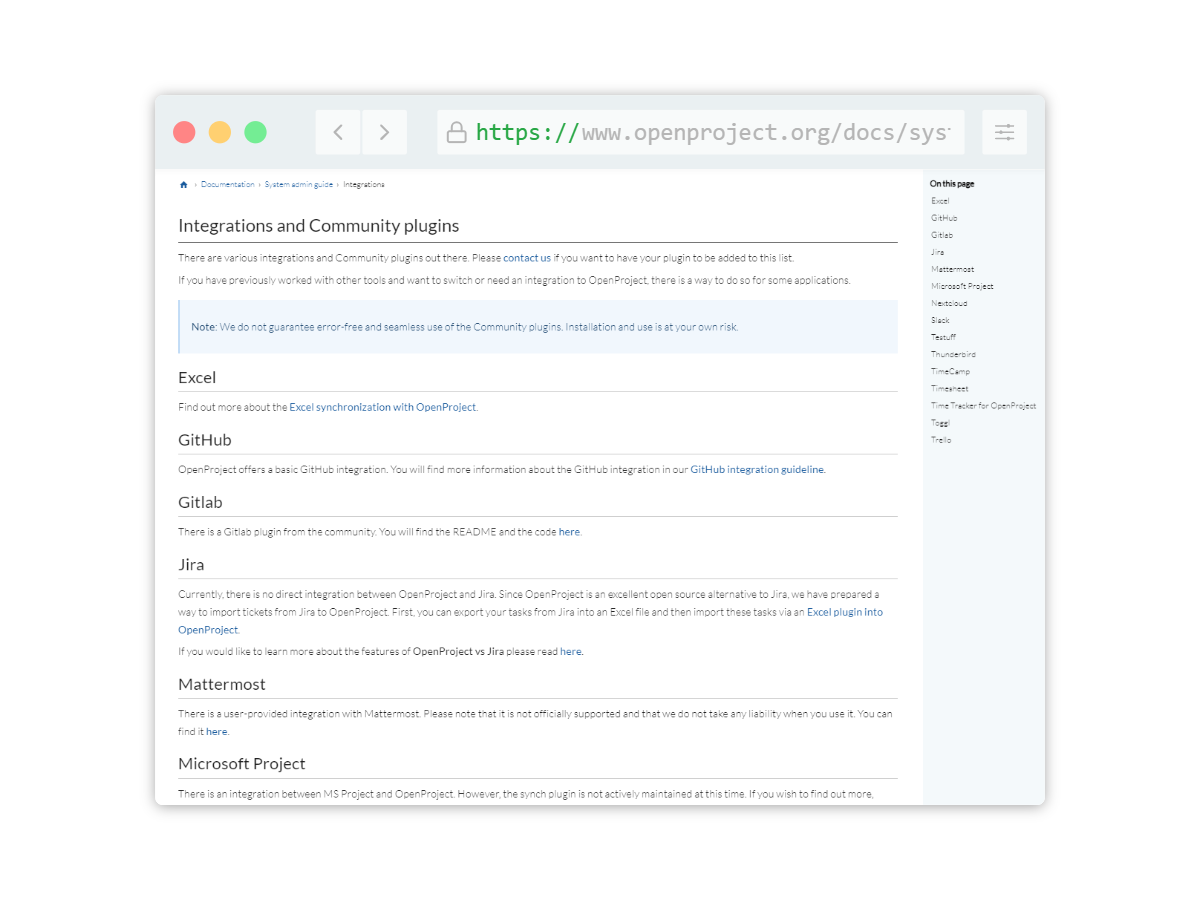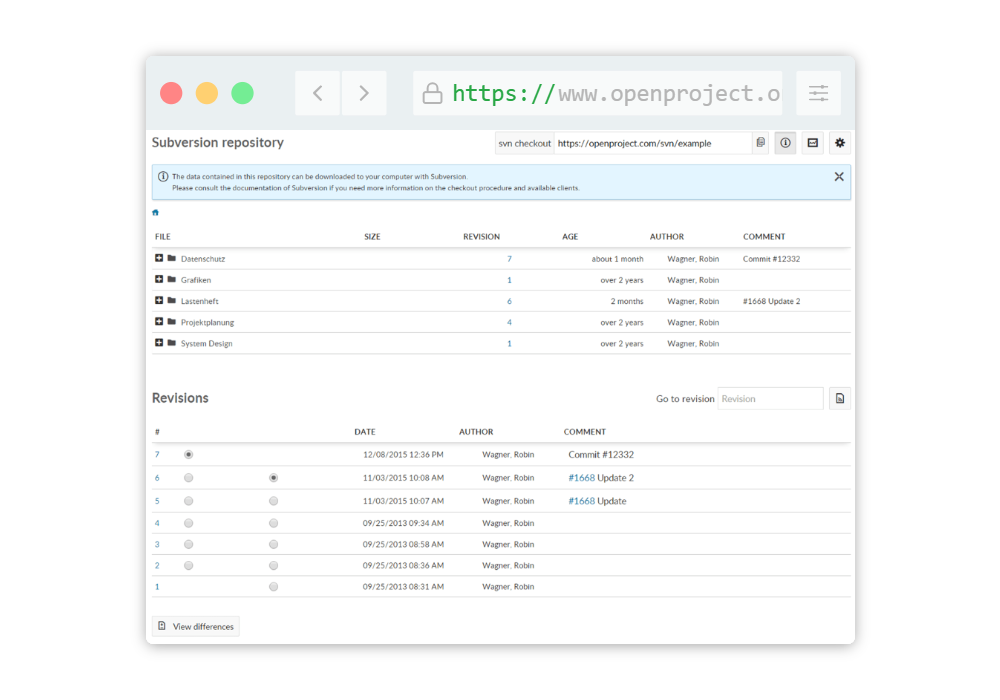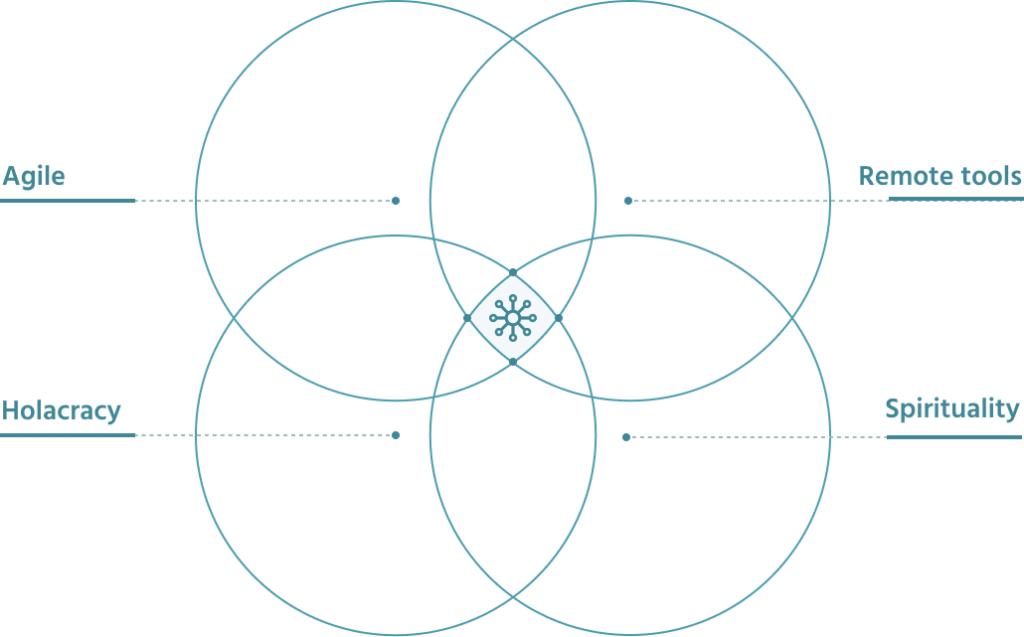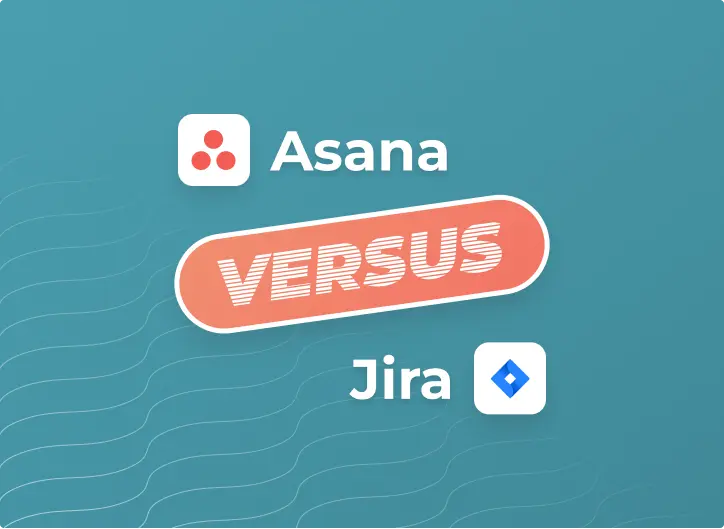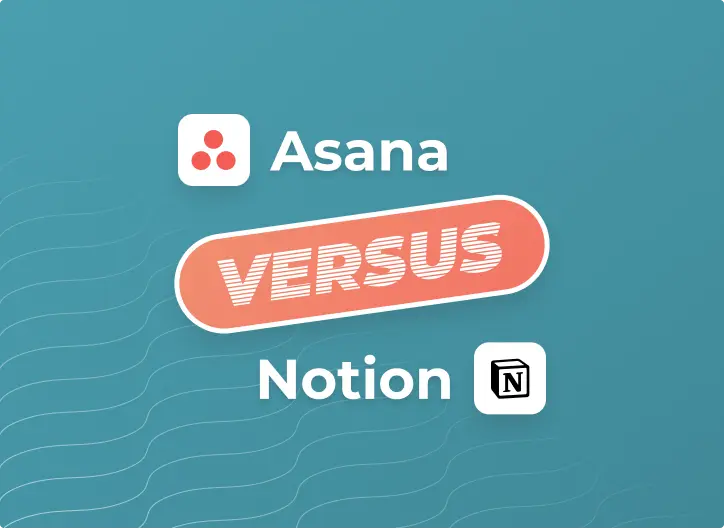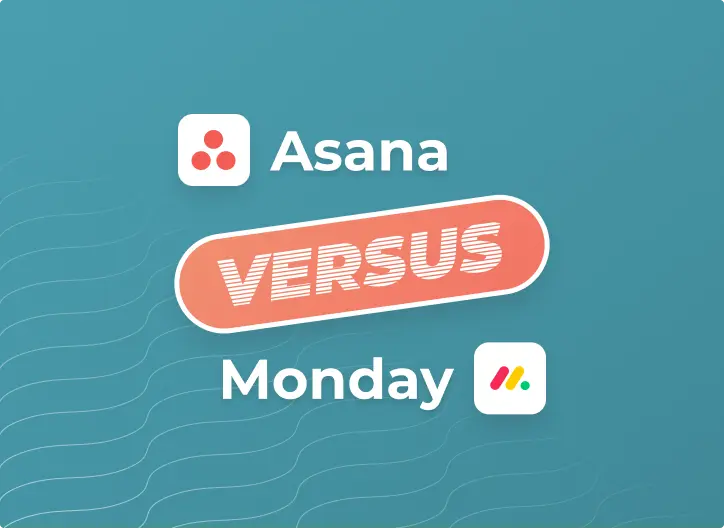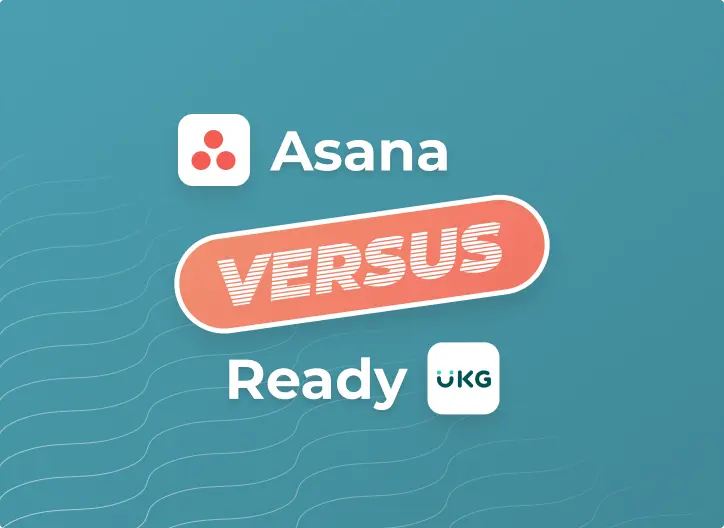What should guide you when choosing an organisational management application?
The right question you should ask yourself is: will people use it?
If so, ask: For how long?
In fact, tools are just the tip of the iceberg:
The project management platform is part of a whole system of work (iceberg) in which all other aspects are seemingly hidden…. And these are the ones that become visible on this platform and have the most impact on how your team and ultimately the whole organisation works together.
Your working system consists of:
Comprehending this is key to realising the full potential of the team and to creating an environment where all these elements are in harmony with each other.
A perspective comparing Asana versus Open Project
Although the names of the various functionalities in many work management tools are the same, their usefulness will vary depending on the size of the organisation. This is due to the different needs and level of hierarchical complexity of these organisations.
Due to the level of complexity of the functionality, Asana is one of the few tools that can be easily adapted to an organisation’s current requirements and scaled as it grows.
The differences between the various features in the seemingly similar applications – Asana and Open Project – are difficult to grasp for people in small teams just starting out in project management.
Experienced managers will immediately notice a colossal difference in the solution, for example how goals are set and tracked. In Asana, goals are a separate, complex functionality, while in Open Project, they are merely tasks and not a complex feature.
The comparison of Asana vs. Open Project is made from the point of view of a person who is familiar with project management , for whom the following are important:
- ability to track actual project progress based on tasks actually completed
- setting objectives for the entire organisation (preferably in the OKR system), team and individual goals, key results and attaching initiatives – projects to them
- possibility to manage multiple project portfolios, grouping them into thematic portfolios, which allows synchronisation of a huge number of activities
- advanced reporting based on very detailed metrics, which can be transformed into charts with a few clicks; in addition, each user can have their own views, because what a manager needs is different from what an artist needs, for example a graphic designer
- easy and stable integration of the tool with others, which together create an ecosystem of work for an organisation
- collaboration in the tool not only with members of the organisation, but also with partners and contractors outside the company
In a nutshell, we make a comparison between Asana and Open Project from the point of view of an organisation that values well-designed processes and the ergonomics and quality of digital tools.
Planes of comparison
For the purpose of this comparison, we have selected several planes on which Asana and Open Project differ in terms of level of sophistication. These are:
Integrations with other tools
- Asana: wins with the number and way it integrates with other tools for working in teams, offering more than 200 applications to integrate.
- Open Project: lacks the ability to integrate with many popular applications. The tool offers only 12 integrations, most of which are not direct. The direct integration with GitLab and GitHub suggests that Open Project is a tool designed to work in software development and maintenance projects.
Customer support
- Asana: offers fast support, including a Polish version with a dedicated partner (i.e. us ). Response times for both Asana and Remote Sensei support are a few hours for most requests.
- Open Project: No Continuous Consulting services available, which increases the risk of the tool not being sustainable in the organisation
User interface
- Asana: It has an intuitive and aesthetically pleasing interface, characterised by simplicity and ease of use. It is a tool focused on flexibility and intuitiveness. The application is divided into a sidebar and a central section, allowing a unified view of teams and projects and easy access to goals, portfolios and reports, which cannot be said of Open Project. Asana also has a feature called inbox, which allows team members to communicate within Asana, offloading internal communication to other tools
- Open Project: not very clear interface with no view of teams. No calendar view or ability to create per-project dashboards with different chart types in projects. No task details view without leaving the view of all tasks in the project. The Open Project interface (e.g. the presence of a backlog section) indicates the usefulness of the tool in technical software development projects rather than for managing projects of different types.
Project and task management
- Asana: One of the few work management tools on the market that, it scales with project and organisational growth. It can meet the needs of both an individual needing a free checklist or a team of a few people, but can also integrate the work of a multinational corporation of thousands in 1 place. Projects are easy to configure and adapt to the needs of different types of teams. Asana stands out for its ease of task management, allowing users to quickly create, assign and track tasks. Drag-and-drop functionality simplifies work and task organisation.
- Open Project: Through the information infrastructure, the scalability of the tool is very difficult. Projects are managed by working on so-called work packages, or collections of tasks. Managing the work of marketing, content, sales or purchasing teams will be unintuitive and difficult in this tool.
Types of projects
- Asana: Designed from the outset to manage projects of different types and tasks of a different nature, making it ideal for sales, marketing, graphics and UX teams, purchasing, HR, customer service, support. Tasks, or tasks in Asana, do not bear the hallmarks of a queuing system and are universal in nature. The dashboard view shows a preview of the graphic material attached to the tasks.
- Open Project: Due to its technical nature, Open Project is poorly suited for creative teams (marketing, design, UX/UI) and its functionalities are not adapted to work with, for example, graphics, visual materials.
Reports, targets, portfolios
- Asana: Offers access to reports, goals and portfolios from the sidebar, making them available with a single click. Reports are available both for individual projects from the dashboard, as well as customised parameters, e.g. resources, tasks in multiple projects simultaneously, work status, goals, etc. The ‘goals’ function enables work based on OKRs whether company-wide, for individual teams or individuals. Asana makes it possible to create not one, but multiple portfolios with different projects placed in each portfolio. Monitoring the progress of your work is thus within 2 clicks.
- Open Project: very limited reporting capabilities and only a few basic chart types. The functionality called portfolio is de facto a list of all projects (there is an option to filter out projects with a custom field, but this is not the same functionality as portfolios in Asana). However, there is no possibility to save such a portfolio or to create several different ones, with different projects in each of them. Objectives in OP exist, but they are only a type of task (equivalent to a task in Asana) and not a separate, extended functionality
Workload
- Asana: monitoring the workload of individual users helps redistribute tasks, ensuring a balanced division of labour.
- Open Project: does not have this functionality.
Mobile application
- Asana: a stable and evolving mobile app allows teams to work wherever they are.
- Open Project: does not have a mobile app.
Members vs Guests
- Asana: allows any number of guests from outside the organisation (e.g. clients, subcontractors) to be invited to the workspace and their participation is free of charge.
- Open Project: there is no guest function. All users who accept the invitation become paid users.
Price
- Asana: The price per user varies depending on the plan. The Premium version is available from EUR 10.99 per user per month.
- Open Project: The Basic version is the cheapest Open Project plan and costs just over €5 per user per month.
Adaptation time to new environment and learning curve
- Asana: The adaptation time is much shorter because it is a tool focused on project management. However, it still allows you to create views that are useful for managerial (management, C-suite) and creative (graphic designers, engineers, developers) roles. Mapping processes to Asana is much faster than with other tools. It is focused in its philosophy and interface on intuitive and effortless work management. During implementation, Asana initially allows only part of the functionality to be used. The level of complexity of the information architecture is low, but can be increased as the organisation and user experience grows.
- Open Project: requires a longer adaptation time for the tool, as evidenced by up to a 6-month trial period.
Update and new features
- Asana: is regularly developed and updated, with new features appearing every month.
- Open Project: like most open source libraries, it is updated several times a year.
For a full comparison, we are still left with…
Why did we choose Asana?
Before we decided to implement Asana in organisations, we tested its beta version in 2011. It was not the only software we reviewed in parallel and we periodically continue to do so. 12 years later, we still consider Asana to be the best tool for managing the work of both small and large organisations.
The maturity of Asana, the number of possible integrations, and the extreme ease of deployment and remaining at the heart of communication within teams, led us to choose this tool as the foundation of the Remote Sensei framework:
Asana, on the other hand, is just one part of the whole jigsaw of an efficient organisation. We see the potential that teams gain with its introduction.
What’s more, we participate in the regular support of more than 80 organisations that have already implemented it with our help.
Asana perfectly initiates a change in habits and thinking about goals, projects and tasks.
Therefore, at Remote Sensei, we combine the hard skills of using Asana’s functionality with team members’ soft skills such as self-organisation, life and work balance and building co-responsibility among employees.
Ultimately, together with Asana, we impart project management experience, restore the desire for action and ultimately create an environment that is ‘easy to work in’.
Wondering If Asana Fits Your Company?
Differences in functionality between Asana and Open Project
Asana | Open Project | |
inbox | ✅ | ❌ |
messages for each project | ✅ | ❌ |
meeting planner | ❌ | ✅ |
wiki | ❌ | ✅ |
control of source code (code repository) | ❌ | ✅ |
backlogs | ❌ | ✅ |
attachments and images in the board view | ✅ | ❌ |
information on user leave | ✅ | ❌ |
interface customisation | ✅ | ❌ |
history of changes | ✅ | ❌ |
customer login as a guest | ✅ | ❌ |
monitoring project progress without an account in the tool | ✅ | ❌ |
dedicated experts for onboarding | ✅ | ❌ |
